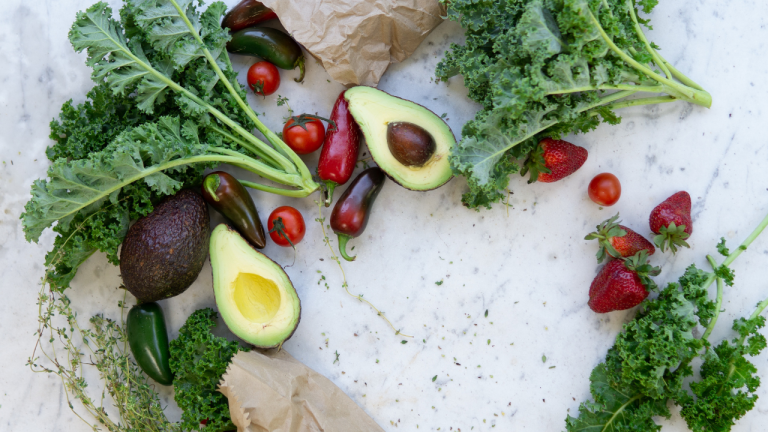What is the Connection Between Rice and Diabetes?

There is a connection between rice consumption and diabetes, as eating large amounts of rice can increase blood sugar levels, which can lead to insulin resistance and ultimately diabetes. This is because rice is a high-carbohydrate food that is rapidly digested and absorbed, causing a sharp rise in blood glucose levels.
The amount of rice that should be consumed to maintain blood sugar levels under the limit varies depending on several factors, such as age, weight, activity level, and overall health status. However, in general, it is recommended that people with diabetes or at risk for diabetes limit their rice intake to about 1/2 to 1 cup per meal or about 2-3 cups per day.
It’s important to note that not all rice is created equal when it comes to its impact on blood sugar levels. Brown rice, which is a whole grain, contains more fiber and nutrients than white rice and is digested more slowly, resulting in a slower and less significant rise in blood glucose levels. Therefore, brown rice is generally considered a healthier option for people with diabetes or at risk for diabetes.
Overall, it is important to consume rice in moderation and to choose whole-grain options, such as brown rice, to help maintain healthy blood sugar levels. It is also important to consume a balanced diet that includes a variety of foods and to engage in regular physical activity to help prevent and manage diabetes.



